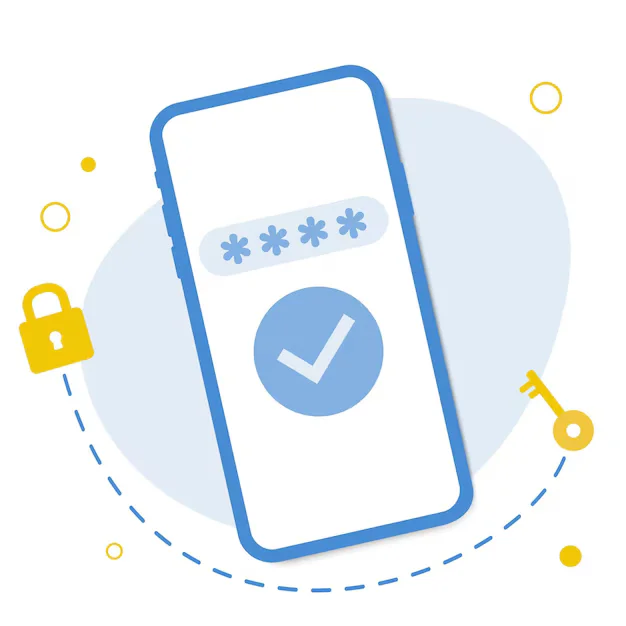Introduction: What is CSRF?
Cross-Site Request Forgery (CSRF) is a type of web security vulnerability that tricks users into performing unintended actions on a web application where they’re already authenticated. This can lead to unauthorized data changes, password updates, or even malicious purchases — all without the user’s knowledge.
In PHP applications, CSRF is especially dangerous if form actions (like POST requests) are not properly protected. Fortunately, implementing strong CSRF protection in your PHP forms is straightforward and highly effective at stopping these attacks.
How CSRF Attacks Work
A CSRF attack exploits the trust a website has in the user’s browser. For example, if a user is logged in to their bank account and visits a malicious site, that site can silently trigger a form submission to transfer funds using the authenticated session.
This happens because:
-
The user’s browser automatically sends cookies with each request
-
The request looks legitimate to the server (but it’s not)
-
There’s no way to know if the request was intentionally initiated by the user
If the PHP application doesn’t validate where the request originated, it will execute it — causing unauthorized actions.
Real-World Examples of CSRF
CSRF vulnerabilities often target:
-
Profile update forms (name, email, password)
-
Account deletion or disabling
-
Financial transactions or donations
-
Form submissions that change settings
Imagine a PHP form that updates a user’s email address. Without CSRF protection, an attacker could embed a hidden form on another website, which auto-submits using the victim’s session and changes their email to one the attacker controls.
Preventing CSRF with Tokens in PHP Forms
The most effective method to prevent CSRF is using CSRF tokens. These are unique, unpredictable values generated for each session or form. Here’s how the mechanism works:
- When the form is rendered, PHP generates a CSRF token and stores it in the user’s session.
- That token is added as a hidden field in the form.
- When the form is submitted, PHP checks whether the submitted token matches the one stored in the session.
- If the tokens don’t match, the request is rejected as suspicious.
This ensures that only forms generated by your website and accessed by real users are accepted.
CSRF Token Lifecycle and Best Practices
To implement CSRF tokens securely in PHP:
-
Use
bin2hex(random_bytes(32))to generate secure tokens. -
Store the token in the user’s session or regenerate it per form.
-
Use HTTPS to prevent token theft over the network.
-
Limit token validity by time or usage if needed.
-
Regenerate tokens after successful form submissions.
Tokens should never be reused across forms that perform different actions, especially if the operations affect sensitive data.
Validating CSRF Tokens in PHP
When the form is submitted, PHP compares the incoming token (usually sent via POST) with the one stored in the session. If the tokens match, the request is legitimate. If they don’t, the request is blocked and the user is redirected or shown an error.
This token validation logic is typically placed at the top of the form-processing script or abstracted into a reusable function or class.
Implementing CSRF Protection in Frameworks
If you’re using a PHP framework like Laravel, Symfony, or CodeIgniter, CSRF protection is built-in. These frameworks automatically generate and validate tokens on forms, requiring only minor configuration.
However, if you’re building raw PHP applications, you’ll need to manually implement token creation, insertion, and validation. It’s a simple step that greatly increases your application’s security.
Additional Protection Against CSRF
While CSRF tokens are the primary defense, additional security measures include:
-
SameSite cookies: Set the
SameSite=StrictorLaxattribute on session cookies to prevent cross-site inclusion. -
Referrer validation: Check the
HTTP_REFERERheader (though it can be spoofed or omitted). -
CAPTCHAs: Prevent bots from submitting forms automatically.
-
Limiting form submission frequency to avoid rapid abuse.
These layered defenses further harden your PHP application against forgery attempts.
Conclusion: Protect Your PHP Forms from CSRF
CSRF is a serious yet preventable security risk in web applications. Without protection, attackers can hijack user sessions and perform unwanted actions silently. By implementing CSRF tokens in your PHP forms and validating them on submission, you ensure that only genuine, user-initiated actions are processed.
Whether you’re building a login form, profile update, or any form that changes state — CSRF protection in PHP is not optional. It’s a modern security requirement, and every developer should adopt it.







